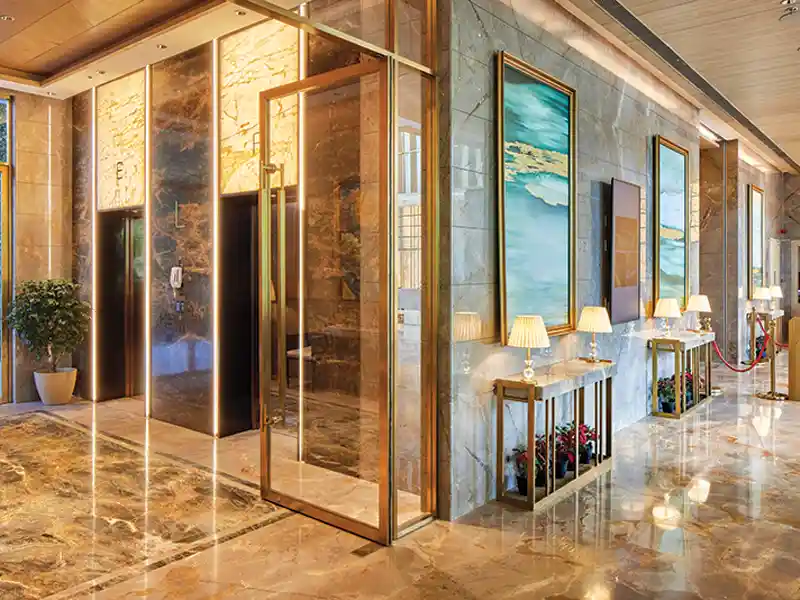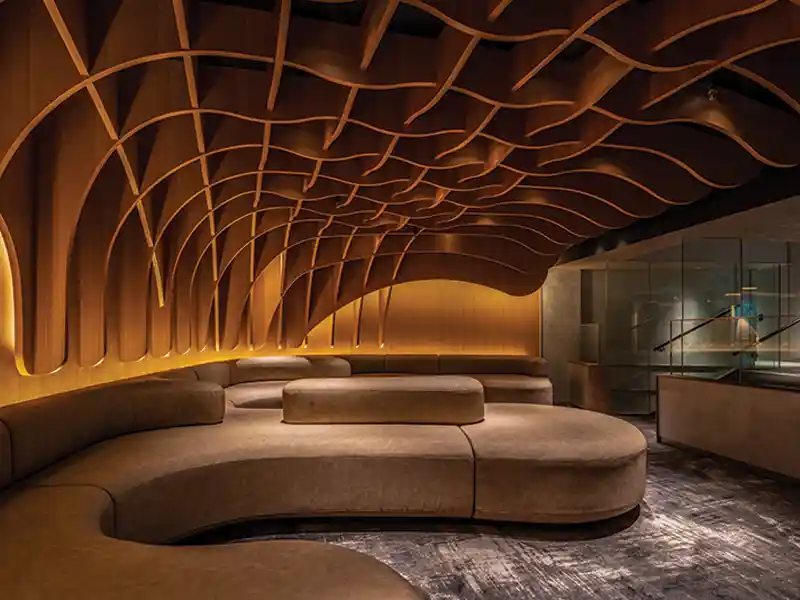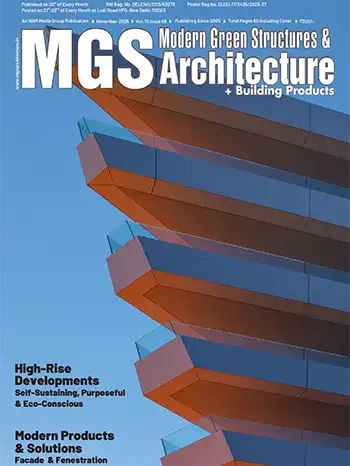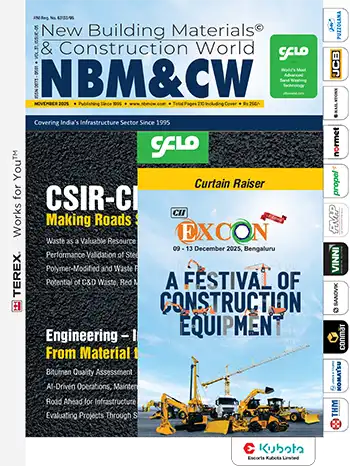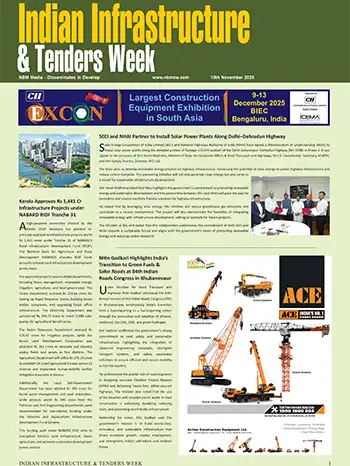Reducing construction waste and increasing material efficiency is no longer a by-product of good practice; it’s a result of intentional, tech-driven planning.
Avneesh Sood, Director, Eros Group
The design stage is where the greatest opportunity lies to prevent construction waste before it even begins. When we think about reducing and reusing materials, it’s not just about post-construction recycling—it’s about embedding circular economy principles into the DNA of a building.
At Eros Group, we take a material-first approach in our planning process. Before a single line is drawn, we evaluate how components can be modular, prefabricated, or demountable. In our Sampoornam series, for instance, we have implemented standardized room sizes and modular components, which reduced our on-site material waste. This also helped streamline procurement and cut down on over-ordering—one of the biggest sources of waste in traditional construction. We have prioritized use of recycled and locally sourced materials, thereby decreasing our environmental impact and supporting the regional economy.
We’re also designing for disassembly. Mechanical joinery allows internal elements like partition walls and ceiling systems to be removed and reused in future retrofits, reducing demolition waste and offering flexibility for future adaptation. Reclaimed materials such as fly ash-based bricks and recycled aggregates are selectively used in low-load applications.
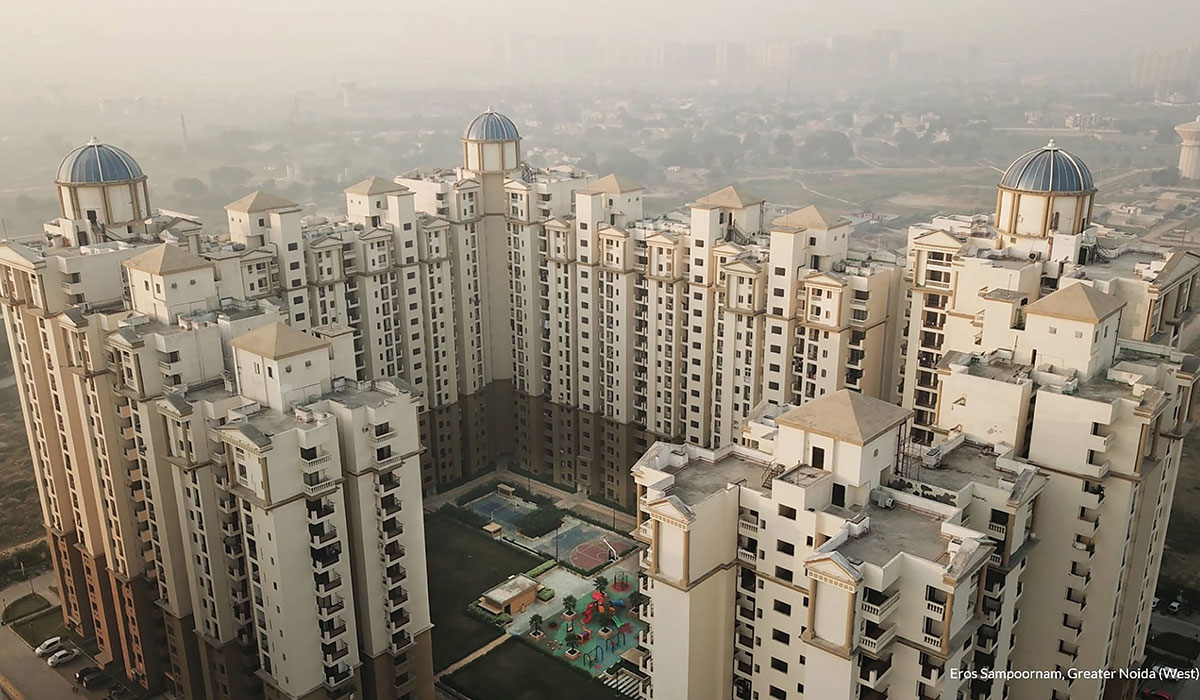
We’re heavily invested in BIM across our large-scale developments. BIM allows us to simulate the entire construction process before breaking ground—right down to material quantities, clash detection, and sequencing. This also has helped us cut down on material overruns on certain projects and avoid waste caused by design conflicts or site miscommunication.
We’ve also begun integrating digital twin concepts in our newer projects. These virtual replicas allow us to track how a building will perform over time, identifying where material degradation or inefficiencies might occur so we can proactively design for durability and ease of maintenance—further minimizing future renovation waste.
In terms of on-ground innovation, we’re using prefabricated MEP systems and dry construction techniques wherever feasible. Not only does this speed up timelines, but it reduces cutting waste, dust, and water consumption. For example, in select phases of our residential projects, we’ve adopted aluminium formwork systems that are reusable and minimize shuttering waste. Our design approach also incorporates adaptive reuse principles, allowing for future flexibility and longevity of the building.


